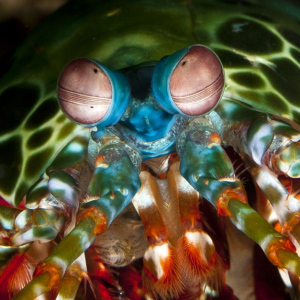After struggling, they pulled the ” monster ” onto the boat and then released it back into the wild. The giant catfish , also known as the European catfish, is one of the largest freshwater fish and catfish in the world.
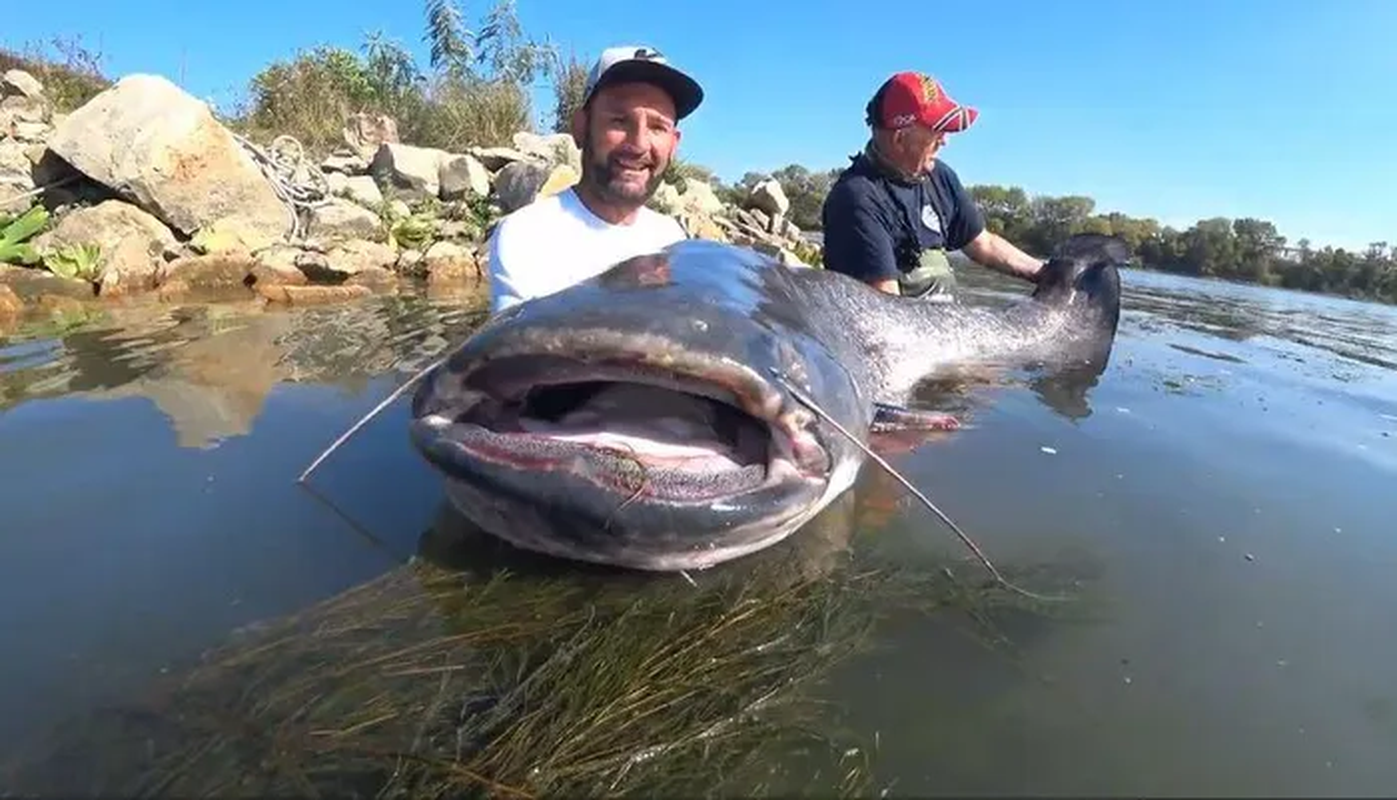
The European giant catfish is about 1.3 m to 1.6 m long. They grow quickly, have a long lifespan of up to 80 years and reproduce easily.
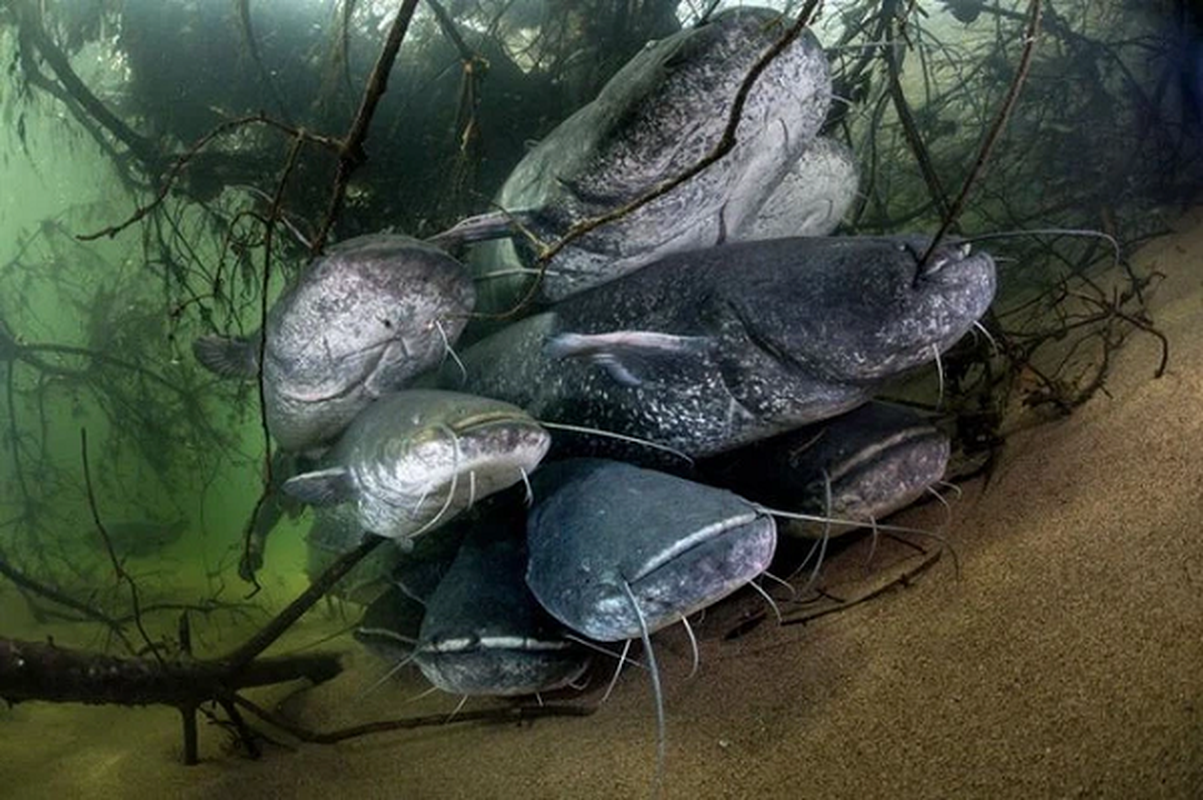
Females can lay hundreds of thousands of eggs at a time. The European giant catfish is native to Central and Eastern Europe, they are raised for food and their numbers in their native areas are relatively stable, but that is not a problem.
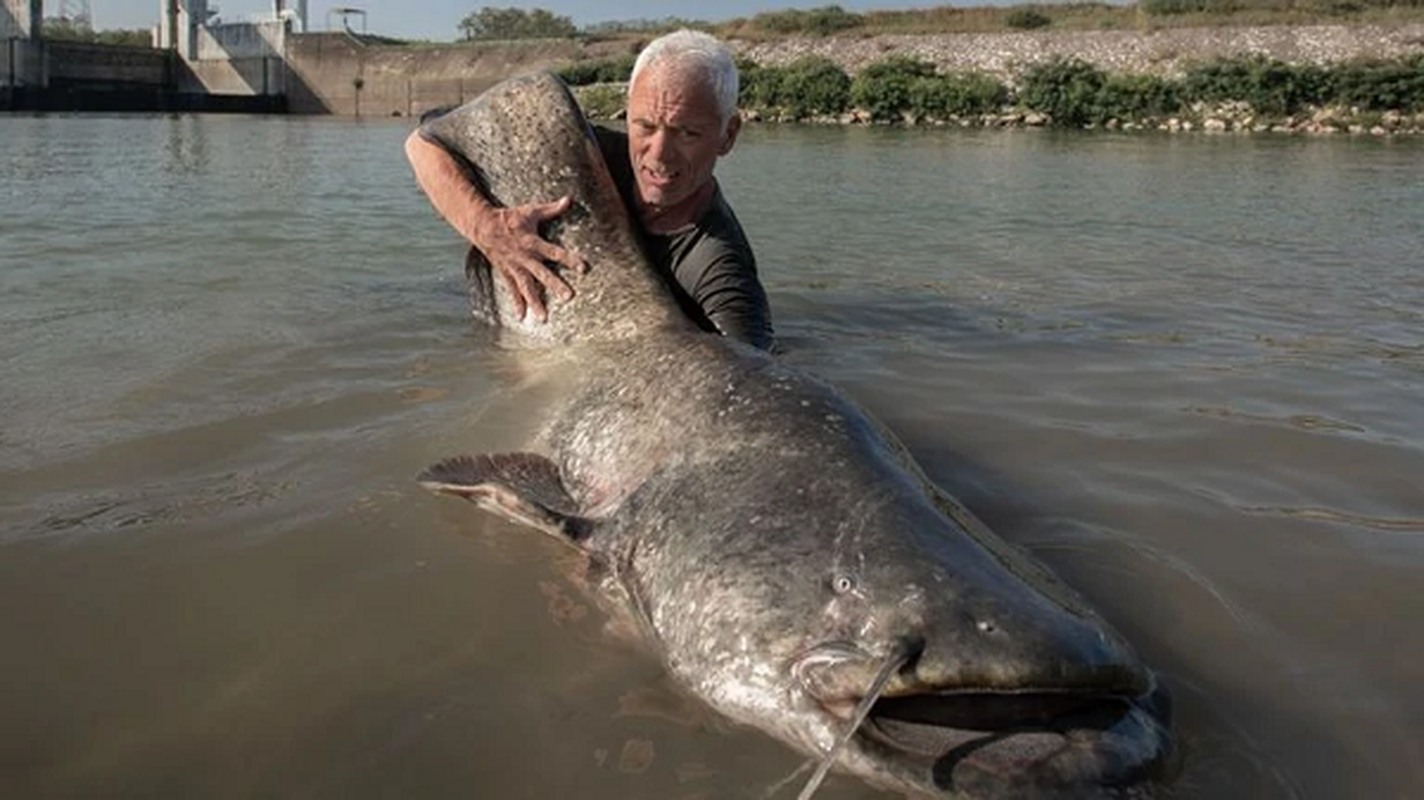
The European giant catfish has a super reproductive ability, females can lay up to 30,000 eggs per kilogram of body weight, during the breeding season – summer, females can lay 700,000 eggs.
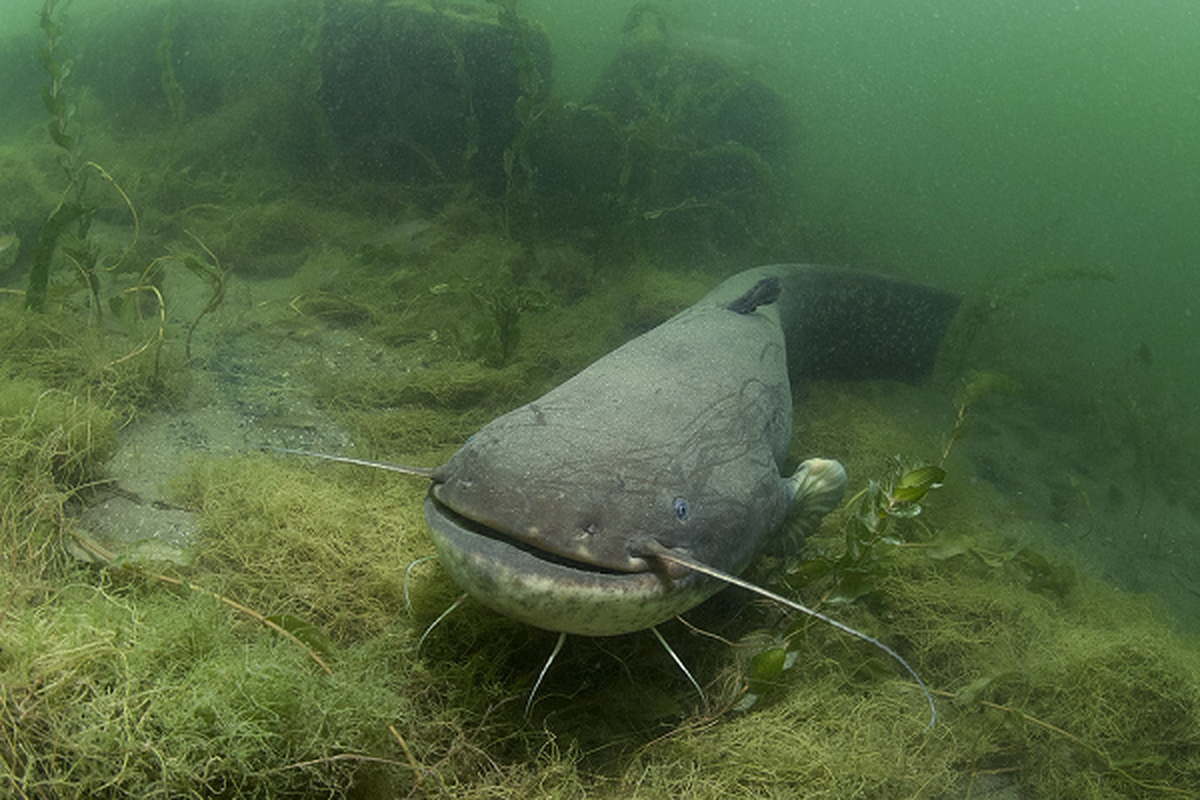
Unlike other species (when they lay eggs, they just flap their tails and swim away), after laying eggs,
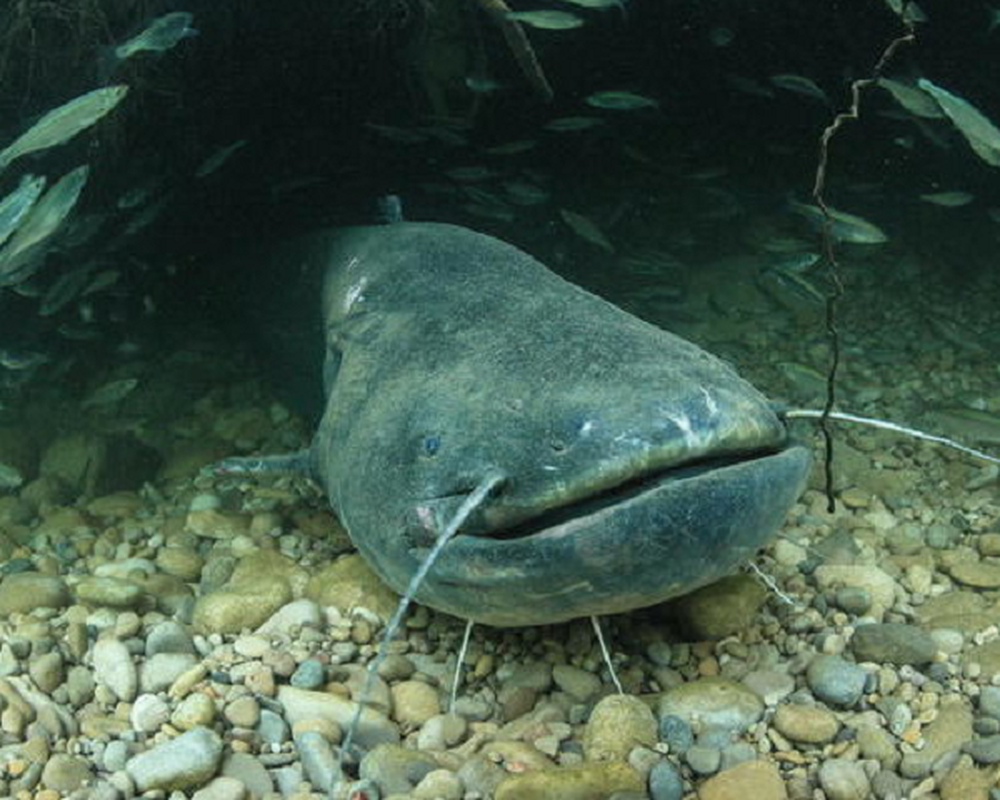
the male fish will stand guard next to the female fish and try their best to protect the eggs.
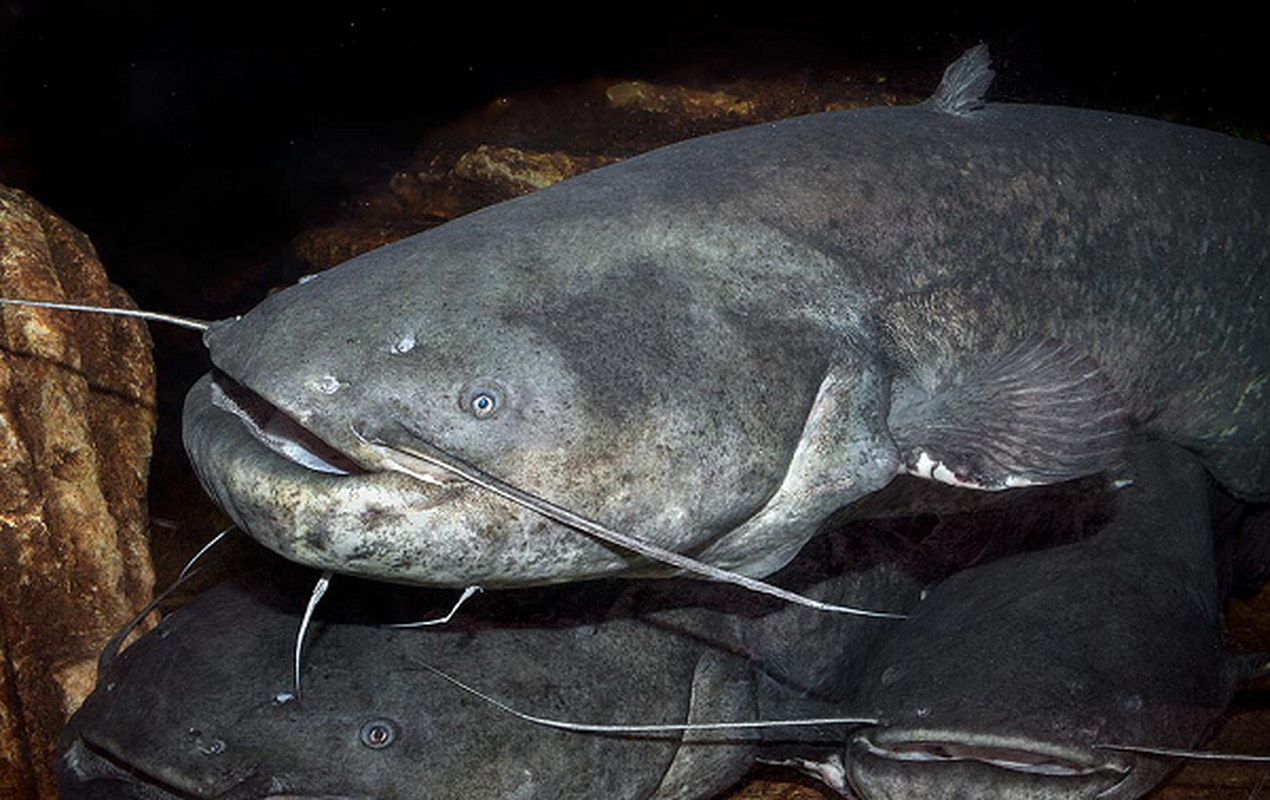
Species such as freshwater lobsters and carp, which come to steal eggs, will attack and chase them away. Even humans, they are not afraid, when humans get close, they will still attack. European giant catfish also have a rapid growth and development rate, they can mature within 4 to 5 years, with a lifespan of 20 to 30 years. This allows their population to thrive in Europe quickly.
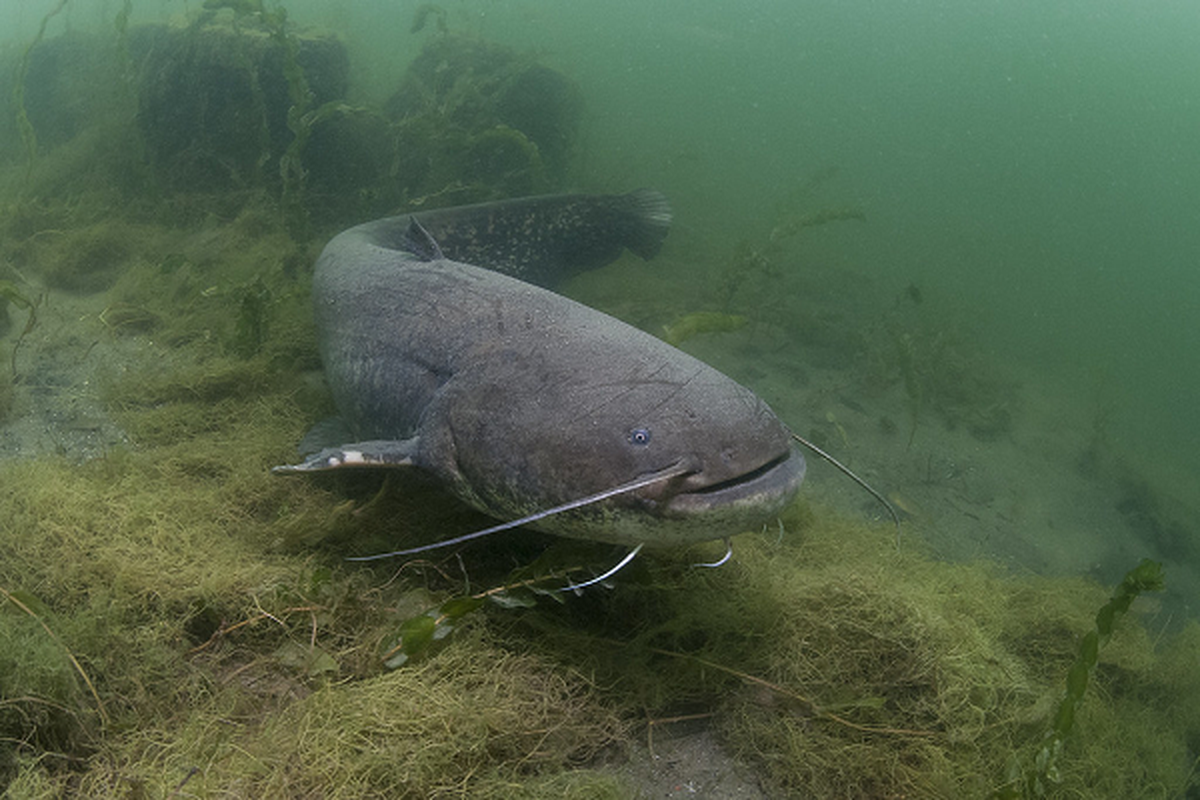
They have invaded and attacked rivers and lakes in Western and Southern Europe in at least 10 countries including France, Italy, Spain and the United Kingdom, leading to a large decline in local fish species, especially commercially important migratory fish such as herring and Atlantic salmon.
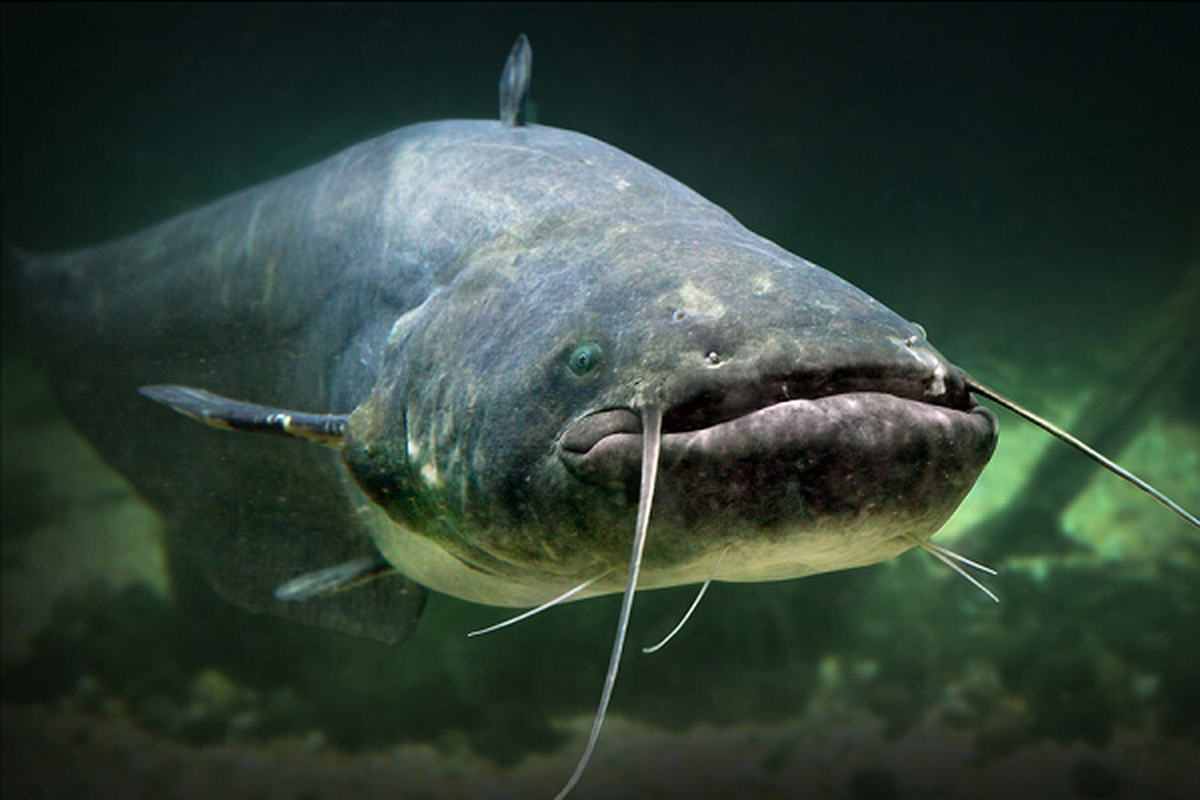
Giant catfish are large carnivorous fish that can eat everything from dead bodies, sick fish to aquatic animals such as frogs, snails, insects, etc. They sometimes even eat snakes, turtles, rats, etc.
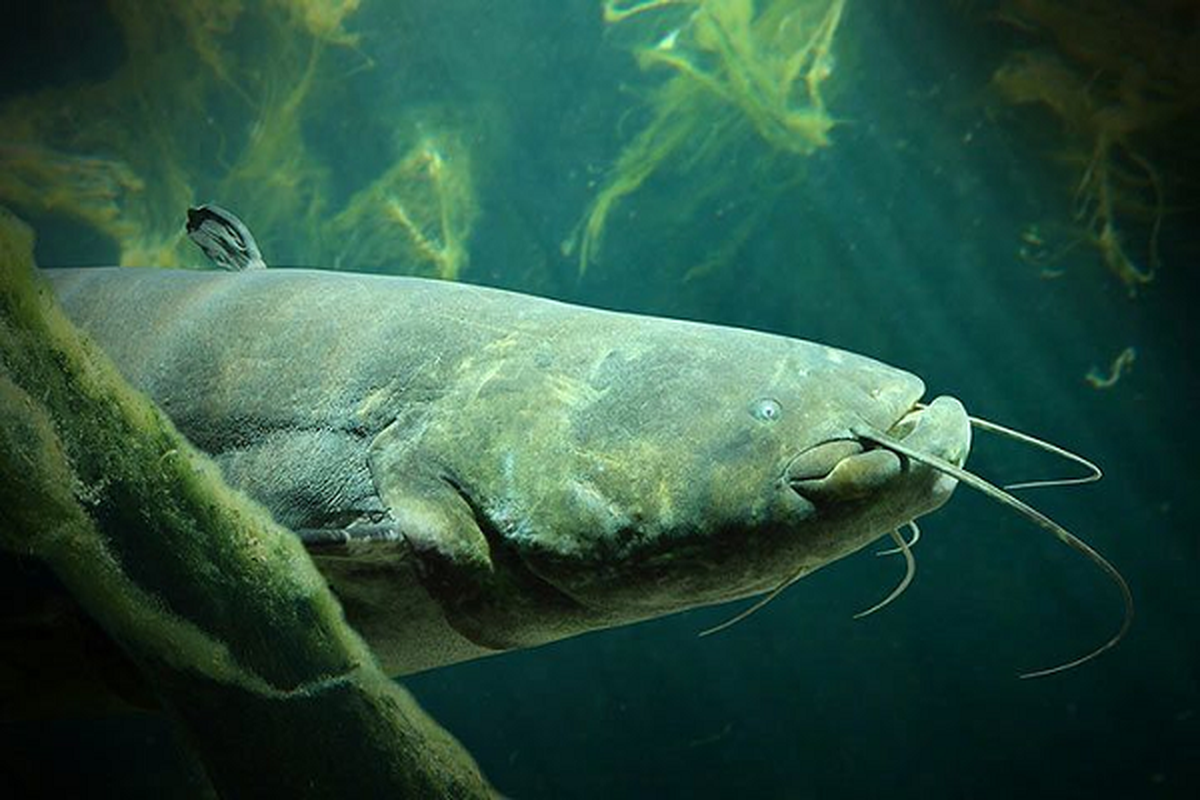
They do not even spare wild ducks or pigeons. In 2001, a giant catfish in Germany jumped out of a reservoir and swallowed a hunting dog, so this catfish is also called “Kuno the Killer”.
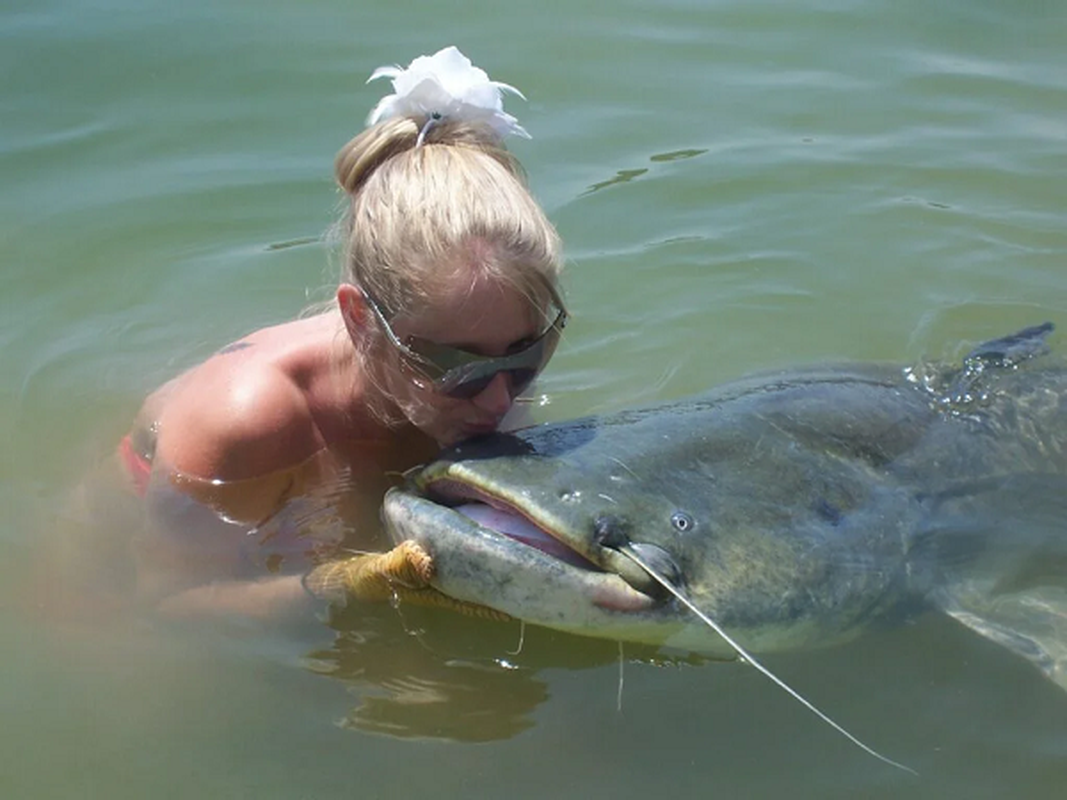
Not only that, although experts say that European giant catfish are harmless to humans, in fact, there have been historical records of European giant catfish injuring and even eating people.
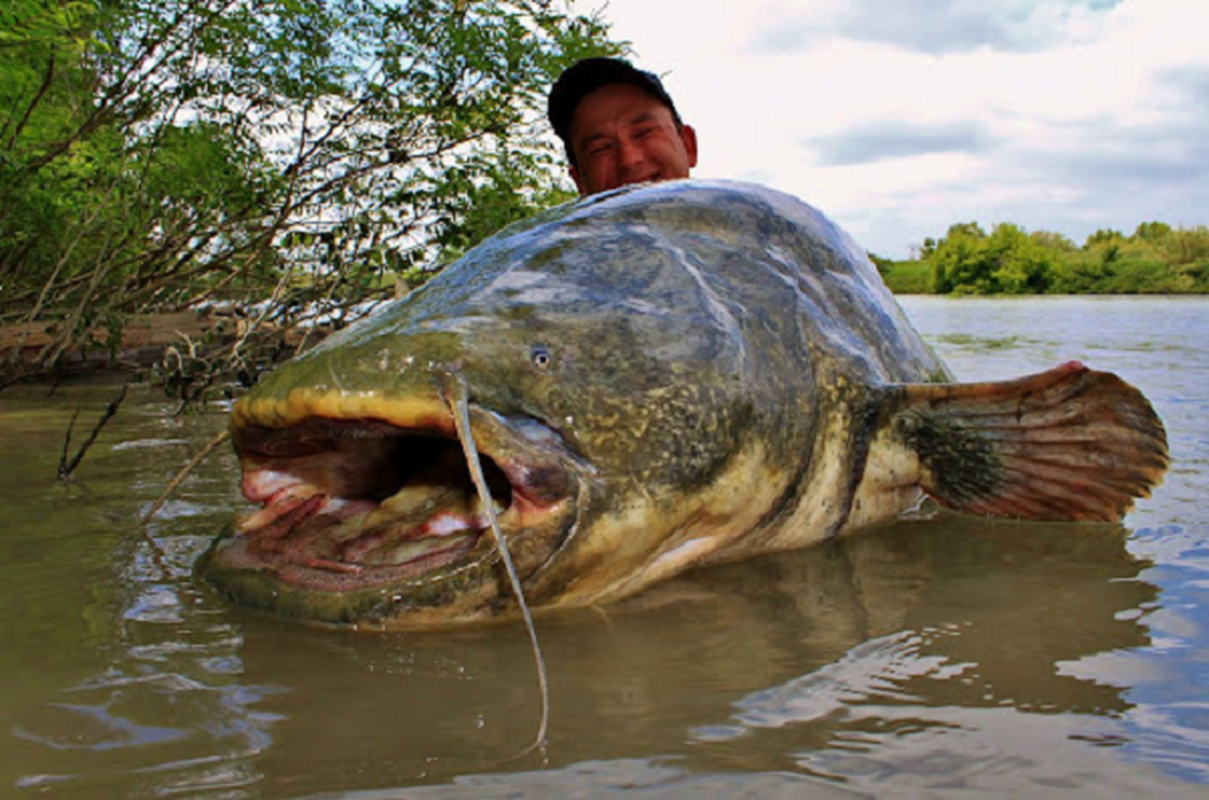
According to conservationists, there is currently no effective method of hunting European giant catfish. The fishing industry is thriving in Spain and Italy thanks to catfish, and the governments and fish farmers in these two countries have not made any moves to eradicate this fish species.





